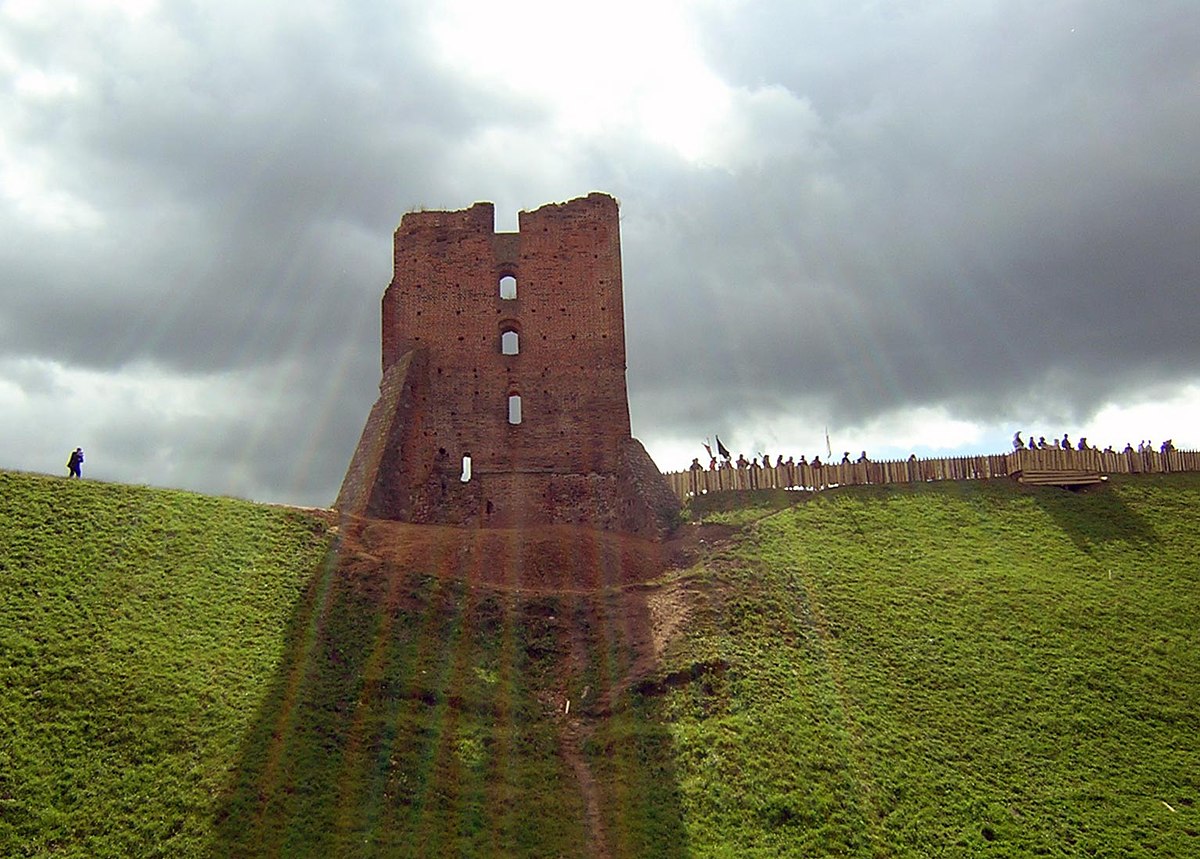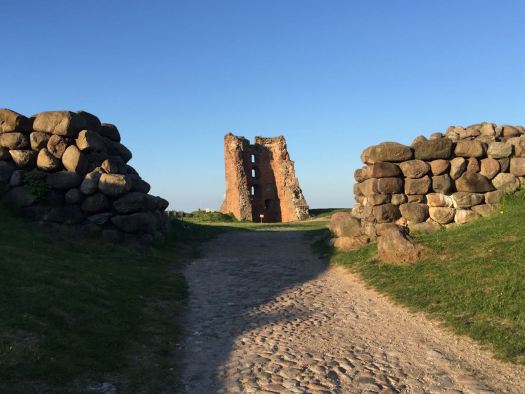
27 January 2019
In Australia #WeRemember by singing Zog Nit Keynmol, The Partisans’ Song.
Thanks to Phillip Masel for taking these photos at the ceremony in Mellbourne last night, and sharing them with us
Phillip, 96, was a friend of Hirsh Glik, the poet who wrote the poem in 1943.


Please Learn and Teach the Partisans’ Song to your students and children.
You have a choice of 28 languages, or even combinations, and now even in Noongar, Zulu and Xhosa
We can show you an easy and effective way to learn this before Yom Hashoah on 1 / 2 May 2019!
Learn The Partisans’ Song | tangential travel
Learn The Partisans’ Song | tangential travel








A Project For Your School Recite or sing the Partisans’ Song in your home tongue, or in a language you have learnt. Make a video, which can be as creative as you wish or just a simple recording. For the poem, each verse is made up of four lines. For the song, the last two lines in each verse are repeated. The Power Of Words The background and context The ‘Partisans’ Song’ – Zog Nit Kein Mol–written by Hirsch Glik, 22, in the Vilna Ghetto in 1943 is one of the most powerful songs of resistance and defiance ever written. While Hitler boasted that his Reich would endure for a thousand years, it is the Jewish people who resisted the forces of hatred and have endured, not the murderous Third Reich, which lasted twelve years. Today, 75 years on, long after the demise of Hitler’s murderous regime, the partisans’ song is now sung worldwide to mark the Jewish spirit of resistance. (Michael Cohen, Melbourne)
Source: elirab.me/znk
Listen to the Noongar, an Australian Aboriginal language, version.
View some of our videos of the song:
Videos | tangential travel
Videos | tangential travel

Videos of the Partisan Poem and Song Project ORT Compilation videos: Herzl Lyceum ORT, Chisinau, Moldova ORT Tallinn, Estonia Solomo Aleichemo ORT, Vilnius, Lithuania Solomo Aleichemo ORT singing the song during my visit in May 2017 ORT Chernivsti, Ukraine Kiev ORT #141, Ukraine ORT Odessa, Ukraine Moscow 1540 ORT, Russia Kazan ORT, Russia Samara ORT, Russia Mexico CIM ORT Herzlia High School, Cape Town, South Africa King David Victory Park, Johannesburg South Africa Sauleketis School, Vilnius Lithuania Dylan Kotkis of Carmel School, Perth The Poem in English The
Source: elirab.me/videos/
For information on WE ARE HERE! Foundation Project for Upstanders, visit:
Contact me at eli@elirab.com
Thanks
Eli



















































































































































































































































































 , M
, M
























































































